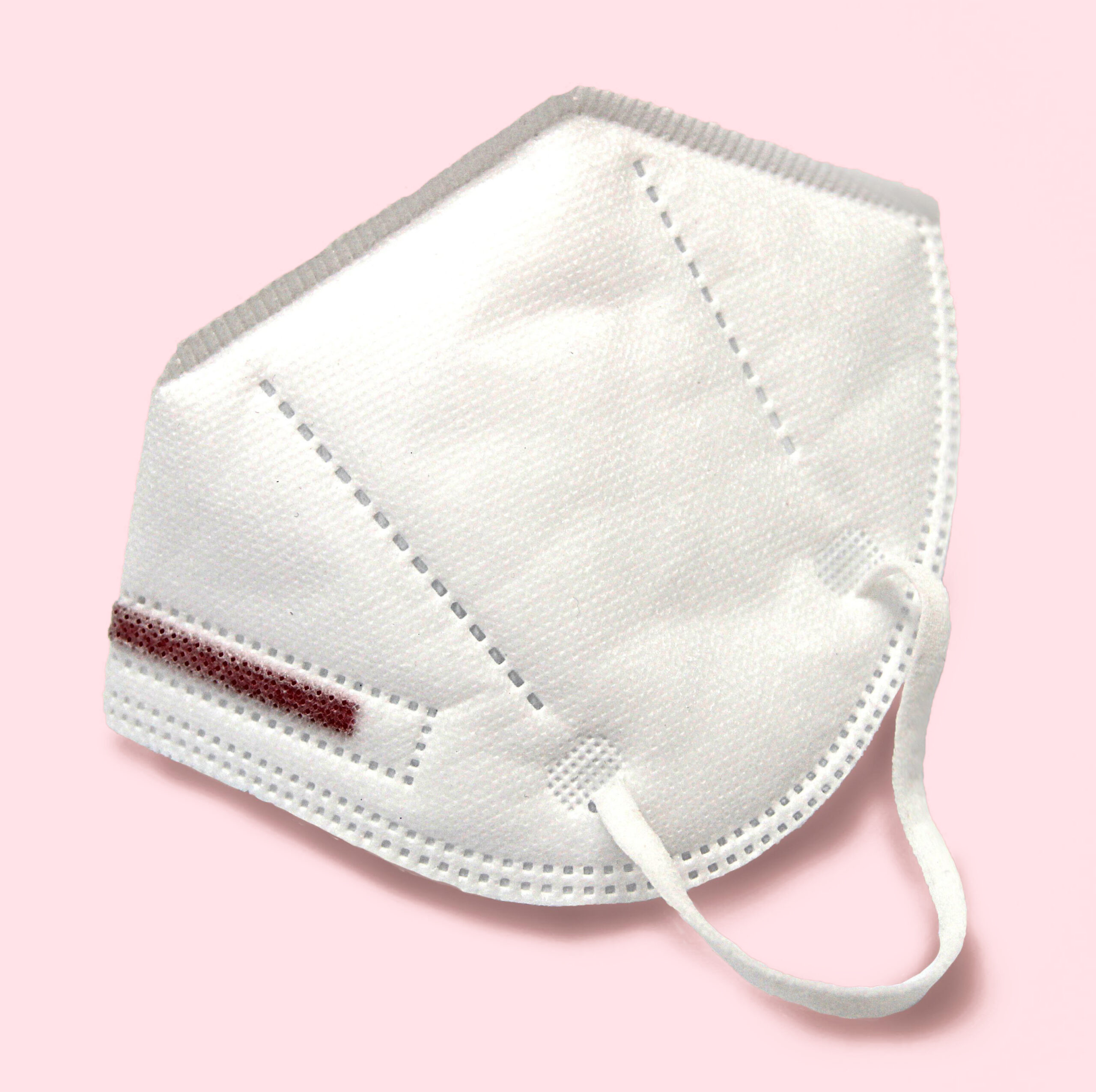Analyzing and improving the microbiological quality of air
Evaluating the microbiological quality of indoor air to protect against risks to health of individuals within that environment.
The impact of bacteria, mold and other microorganisms present in the air
Microorganisms can easily become airborne and thus be found in the indoor air of various work and leisure spaces.
The microbiological analysis of air tests and determines the quantity and type of microorganism present in the air.
Used to evaluate the quality of the air and to identify the sources of contamination, the microbiological analysis of air is important in public buildings.
The aim of the microbiological analysis is to protect human health and improve the quality of indoor air based on the data obtained.
The different microorganisms
- Virus
- Bacteria
- Mold
- Algae
- Yeast
- Protozoa
- Fungi
Sites of microorganism spread
- Offices
- Shopping centers
- Cinemas & theaters
- Museums
- Food industry and factories
- Residential buildings
- Airports and stations
- All other public buildings
Symptoms of infection by microorganisms
- Coughing and sneezing
- Altered breathing and voice
- Pneumonia, flu or cold
- Infection of the skin, eyes, ears or gut
Understanding the health issues linked to the contamination of indoor air
Concerning the quality of indoor air, not only is the health of individuals within a building at stake but also the condition of the building in itself. The term indoor air quality groups together a large number of parameters, including those relating to comfort (temperature, humidity, confinement), chemical pollutants (formaldehyde, benzene…), particles (fine particles…) and microbiological pollutants (pollen, mold, bacteria…).
Our laboratory, experts in the field of microbiology and particularly of molds, develops innovative methods in the detection and identification of molds and other microbes indoors or in other environments at risk of pollution.
Knowing the level of microbial contamination of the indoor air of an office, room or building is the initial step towards the implementation of measures to improve the quality of air inhaled by staff, visitors and occupants.
As well as ensuring the good quality of the air circulating indoors, such measurements also provide the basis for a relevant scientific response to eventual complaints.
Microbiological control and regulation of indoor air quality to protect employee health
As of 2015, an evolving regulation concerning establishments open to the public allows the monitoring of concentrations of certain air-borne chemical pollutants in nurseries, schools and other education facilities.
To complete these regulations, a microbiological control of the air within an establishment would ensure the protection of all occupants’ health.
Concerning the private sector, while no occupational exposure limits exist for mold and bacteria, workplace legislation obliges employers to ensure the protection of their employees’ health.


Occupational exposure to bacteria and mold
Certain activities (cleaning, curing…) can generate aerosols that are highly concentrated in microorganisms.
In order to prevent the short and long-term risks for field-workers a microbiological-based air quality control revealing the bacterial and mold concentrations would help evaluate the level of risk at each stage of the process.
Once the level of risk at each stage of a process is known, measures can be put in place to change work habits and impose the use of protective equipment or clothing.
Our solutions for mold and other air-borne microorganisms
Performing a microbiological-based audit
Perform a microbiological-based audit to define the concentrations of mold and other microorganisms present in the air and on the surfaces, and identify those potentially causing allergies or deterioration of a building.
Audit procedure
In order to precisely map out the air quality within your building, we firstly work together with you to establish a sampling strategy representative of your general usage in relation to the building’s general ventilation level.
This mainly concerns:
- Your work methods
- Your work habits
- The occupancy rate
A technician will take on-site measurements over one or more days. In addition to microbiological sampling, a series of observations are made throughout the building in order to gain a complete understanding of the interactions at play between the microorganisms and both the indoor air and the building itself.
These observations form an essential element in elaborating the recommendations proposed within the intervention report. Once a microbial-based air quality deterioration has been confirmed, our engineers will then recommend the solutions best adapted for your business: a number of different solutions exist such as air purifiers and other filtering systems.
Samples are taken during the intervention, based on which the microbiological analyses of air are performed in our laboratory. These analyses help calculate the concentrations of mold and bacteria in the indoor air but also on the surfaces (building material for example).
In partnership with air quality surveyors
Direct management of your request
In-field service offering: in addition to the technical part, our in-field observations provide essential information allowing the correct interpretation of results and thereby the best adapted treatment advice.
Partner laboratory
We offer you access to sampling material and supports leaving you to perform the necessary tests with your client.
Who is concerned by our microbiological-based analyses of air quality?
Anyone spotting the presence of mold on walls or on a manufactured product, experiencing sensation of stinging eyes, tickling in the throat, heightened allergic symptoms (asthma, rhinitis…) that represent discomfort at work and may cause raised absentee rates and loss of productivity.
To reduce these harmful effects, the first step is to perform a diagnosis of the quality of air and surfaces and to identify the microorganism(s) present.
Our team endeavors to answer your questions and provide you with the best service that meets your needs.
Offices/Tertiary sector
Performing a microbiological-based control of air quality ensures that employees are inhaling healthy air or enables the implementation of adapted measures to reduce the harmful effects of any microorganisms.
Archives/Museums
The presence of mold on a work of art or archived document represents a risk to its preservation and increases the probability of contaminating other works of art or documents, as well as employees manipulating the contaminated objects.
Environment-specific
Your activity is specific: we will provide you with personalized advice and with you formulate the best sampling strategy.
For example, we have developed protocols for wastewater treatment plants, for companies or communities using wastewater reuse within their process…
Agri-food industry
The contamination of your agri-food product represents a consumer health risk and a considerable financial loss.
We will work with you to define the best adapted sampling strategy for your production process to investigate the sensitive production areas. The results enable the definition of an adapted action plan including adequate treatment.
Pharma/Cleanroom
Clean rooms and atmosphere-controlled environments have restrictions on the microbial charge in the air of workspaces. We design all sampling maps and methods as well as analyses according to current regulations including the European standard EN 17141.
Our solutions associated with microbiological analysis of air
Microbiological tests on air purifiers and filters
Analysis of contaminated material
Let's work together !
If you have any needs or questions about environmental microbiology, contact us and we'll provide you with the answers you need.
